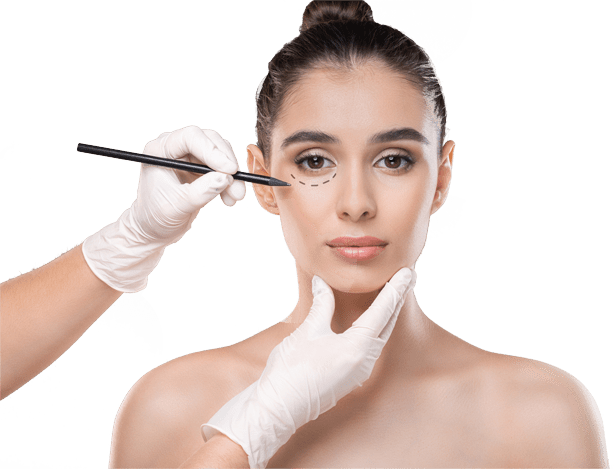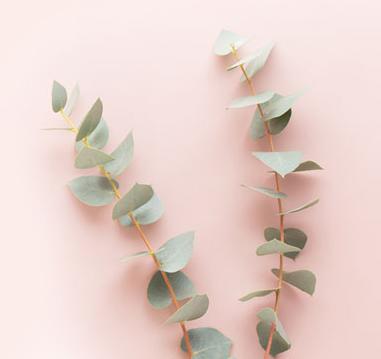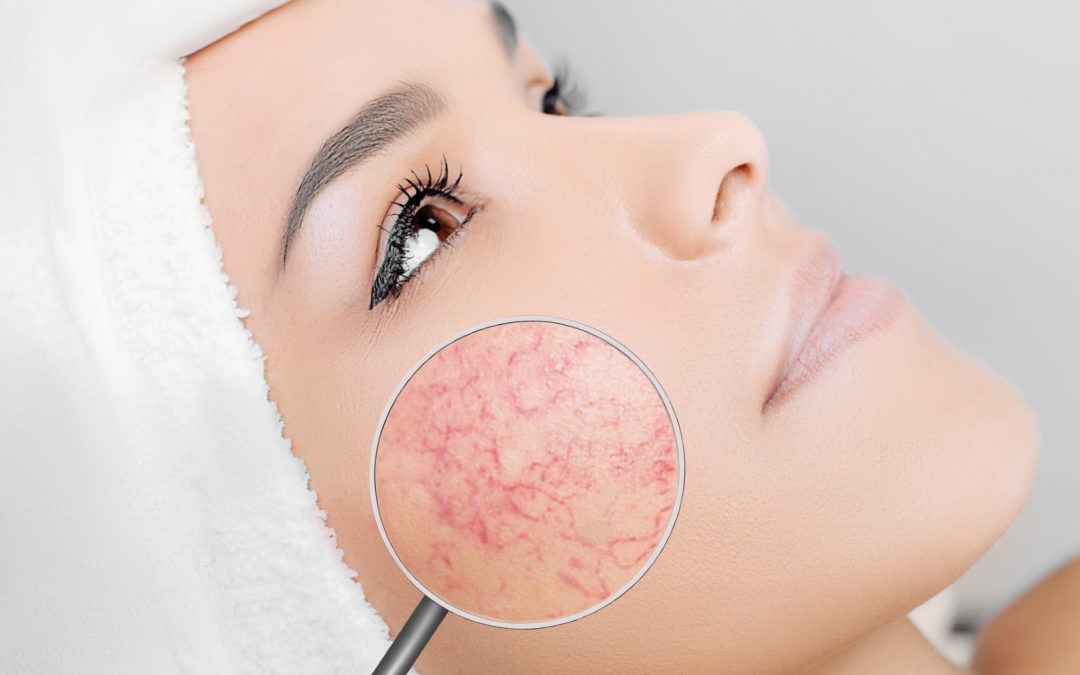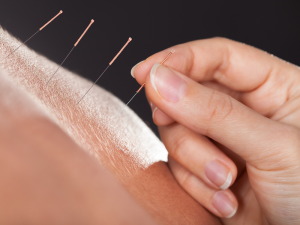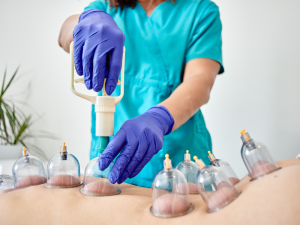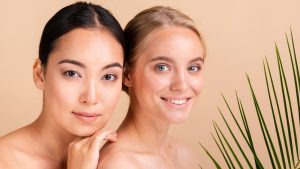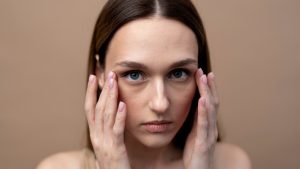Rosacea is a long-lasting, chronic skin disorder that usually causes inflammation and redness on the face, concentrating on the cheeks, nose, chin, & forehead areas, however it can also produce acne spots, pustules & papules on the skin.
This skin condition is common, typically affecting females, but signs might be even worse on males & those with lighter skin. There is no immediate cure for rosacea, but treatment can support to control and decrease the symptoms.
Read on to learn more about acne & rosacea, how they are associated, and whether you might be experiencing papulopustular rosacea.
What Is Papulopustular Rosacea?
Acne rosacea, also well-known as papulopustular rosacea, is the subsequent type of rosacea and the second most common type of rosacea; it is accompanied with spots & breakouts. These spots occasionally contain pus, and your skin might feel hot or tender.
Those with papulopustular rosacea might also experience enormously dry skin, becoming dense and scabby, evolving into rough patches known as plaques.
What is Acne and Acne Rosacea?
Acne is a common skin disorder produced by comedones (blackheads and whiteheads) & pus-filled spots (pustules). Acne takes place when stomas (hair follicles) become blocked with dead skin cells, debris & sebum, causing acnes.
This skin disorder usually lands at puberty and can differ in severity, from rare spots on the face, back, and chest, which most teenagers’ experience, to more severe cystic acne, which roots scarring impacting a person’s self-confidence. Acne can be produced by various aspects, including genetics, bacterial growth, hormonal variations, and more.
Acne rosacea (Papulopustular rosacea), on the other hand, is a secondary part of a common skin disease typically characterised by reddening of the skin, along with spots, pustules, & papules. It is usually mistaken for acne, particularly in the early stages; and even though they have parallel symptoms, they are not same but essentially two diverse conditions.
Though acne & papulopustular rosacea have very related symptoms, there are some rare key variances that aid to set them apart in order to seek the suitable treatment.
One of the key distinguishing aspects are comedones; these are a minor flesh-coloured papule that is typically recognised as blackheads or whiteheads, these are definite for acne. An exposed comedone is a blackhead, and a locked comedone is a whitehead; if one has a mix of these across the face, then most likely they are to be dealing with acne.
On the other hand, if you one has more inflamed bumps such as papules and pustules, it may be complicated to figure out which condition they are dealing with because these are a symptom of both acne and papulopustular rosacea.
Inflammatory acne can root comedones to swell and turn into a rosy, pus-filled cyst, and acne rosacea leads to distended, red collisions. Both of these are pretty much similar.
Key Takeaways:
- Though acne and rosacea can have very similar symptoms, they are different conditions and might need to be treated differently.
- Understanding your triggers will help you discover if you have acne rosacea and allow you to deal with the symptoms better.
- The right treatment or skincare regime can help you confidently manage rosacea and acne.
If you’re still hesitant about your pimples, and you are unable to identify what are your triggers and looking for patterns in your breakouts will help you figure out what condition you have.

